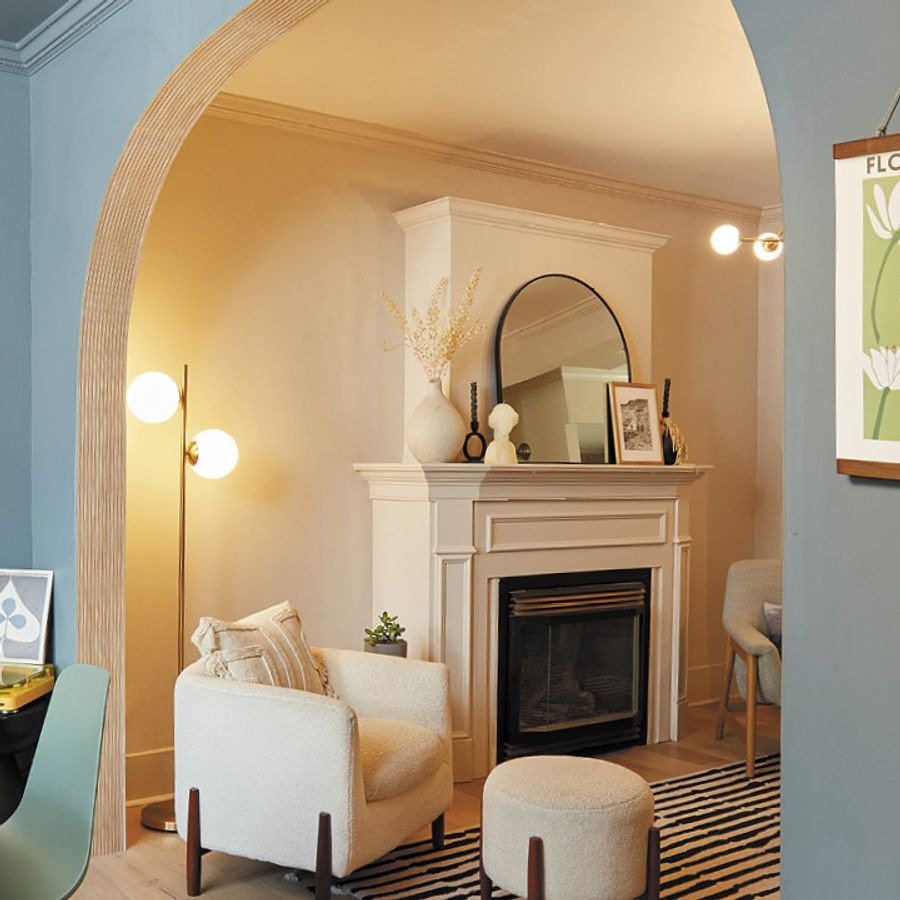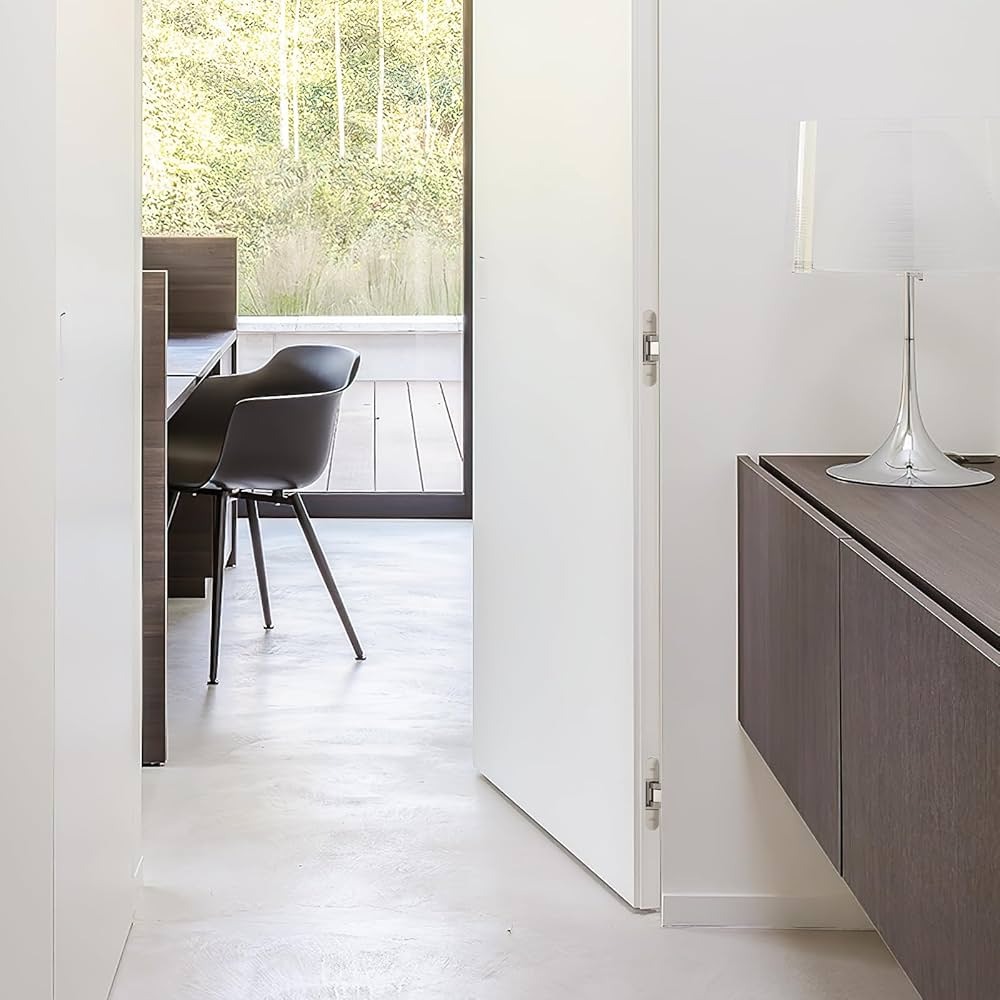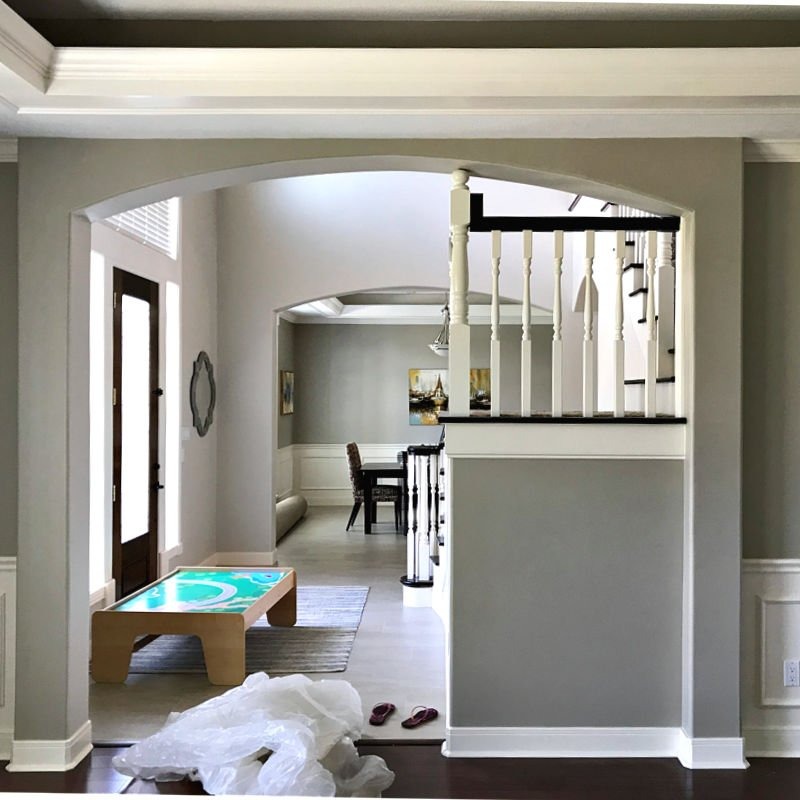Introduction to Doorway Width Standards
The doorway width is a critical aspect of building design. It ensures smooth access for everyone, including those with disabilities. Doorway width standards have evolved to accommodate various needs and to comply with legal requirements. The minimum width set by most codes facilitates passage of furniture and appliances and provides comfortable space for people passing through. In 2025, new standards reflect the latest in building practices and accessibility concerns. Adhering to these standards is vital for builders, architects, and homeowners. Navigating the diverse range of guideline documents can be challenging, but understanding them is essential for creating welcoming and inclusive environments. Proper doorway width improves access, safety, and ease of movement within any structure.
Historical Evolution of Doorway Widths
Doorway width has not always been standardized. In ancient times, doorways varied widely. They reflected the available materials and building techniques of the era. As civilizations advanced, the need for uniform dimensions became clear.
Early Doorway Widths
In medieval Europe, doorways were often narrow. This design was for defense rather than accessibility. Castles and fortresses featured slim portals to restrict enemy entry during sieges.
Industrial Revolution Impact
With the Industrial Revolution, building practices shifted dramatically. Mass-produced materials and better tools emerged. This shift led to more uniform construction, including standard doorway widths. These changes made buildings more consistent and easier to navigate.
20th Century Developments
The 20th century brought major changes. Global wars and population shifts influenced architecture. The focus turned to designing for the masses. Doorway width became a key consideration for accessibility. Standards were set to ensure ease of passage as societies became more inclusive.
Disability Rights Movement’s Influence
The disability rights movement had a profound impact. It pushed for laws ensuring building accessibility for all. This advocacy resulted in significant changes to doorway width standards. It ensured individuals with disabilities could access buildings without hindrance.
The [doorway width] standards we see today are the culmination of historical trends. They blend functionality, inclusivity, and design. They represent our collective understanding that architecture must serve the needs of everyone.
Current Doorway Width Standards in 2025

In 2025, current [doorway width] standards reflect advancements in building design and accessibility. Regulations have adapted to modern needs, ensuring that doorways facilitate safe and easy passage for all individuals. The industry now commonly accepts a minimum standard width that allows for the movement of larger furniture and easier accessibility for people with disabilities.
Uniformity in [doorway width] is more than a convenience; it is a necessity for safety and functionality. Buildings must comply with local and international codes, which outline the precise measurements for various types of structures. These standards have considerable influence on construction practices and the overall design process. They provide clear guidelines for architects, designers, and builders to follow, ensuring that spaces are more accessible and navigable.
The exact numerical value designated as the standard [doorway width] may vary due to the type of building and its intended use. However, the goal remains the same: to promote inclusion and facilitate access for all individuals, including those using mobility aids such as wheelchairs or walkers. This is a testament to society’s commitment to inclusivity and the removal of barriers that prevent full participation in public and private life.
Authorities periodically review and update these standards to align with emerging architectural trends and societal changes. This maintains relevance and ensures that building designs continue to meet the evolving needs of the population. The focus on [doorway width] standards highlights the importance placed on creating environments that cater to everyone, reflecting a broader commitment to accessibility and equality within our communities.
Factors Influencing Doorway Design and Sizing
Several factors affect [doorway width] design and sizing in modern homes. These factors aim to meet diverse needs and ensure buildings serve their function well. It’s crucial to understand them to craft appropriate and accessible spaces. Let’s explore these factors in detail.
Building Codes and Regulations
Local building codes define minimum [doorway width] standards. These codes ensure safety and accessibility. Builders must follow these standards. They ensure safe evacuation in emergencies. Codes often change, so staying updated is key.
Accessibility Requirements
Meeting the needs of people with disabilities is central to doorway design. The ADA sets guidelines for [doorway width]. These guidelines make sure spaces are accessible to everyone. Designers consider wheelchair and walker users when deciding on door sizes.
Structural Considerations
Building structure plays a role in doorway sizing. Larger buildings might need wider doors for movement. Smaller structures may allow for standard widths. Engineers work with architects to decide the best [doorway width] for stability.
Aesthetic Preferences
Design trends influence [doorway width]. Some prefer wide, grand entrances. Others like more conservative designs. Aesthetics should blend with functionality to create appealing and practical spaces.
Usage and Traffic Flow
High-traffic areas may need wider doors. This promotes smooth flow and avoids congestion. Door sizes reflect the use of the space. For example, utility areas often have narrower doors.
Technological Advancements
Tech advances push the boundaries of traditional designs. Smart homes may feature wider doorways for modern equipment. Tech may also ease door movement, impacting [doorway width] choices.
Understanding these factors helps designers create spaces that are both functional and welcoming. It shows a commitment to accommodate all individuals. By considering various influences, [doorway width] can meet the evolving demands of 21st-century living.
Design Considerations for Different Types of Buildings

When planning [doorway width] for various buildings, important design considerations come into play. These considerations vary depending on the function and use of the building, and they directly impact the user experience.
Residential Buildings
For homes, [doorway width] must balance privacy, security, and accessibility. Standard entry doors often range from 32 to 36 inches wide, allowing for ease of access without compromising on personal security. Interior doors may vary but still adhere to codes for safe navigation.
Commercial Spaces
Commercial buildings like offices and stores need wider doors for high-volume traffic. They typically have [doorway width] standards starting at 36 inches. This ensures that customers and employees can move freely and safely, even during peak hours.
Educational Institutions
Schools and universities require doors that provide safety and facilitate movement for students of all ages and abilities. Entryways may be wider to prevent bottlenecks during class changes and emergencies.
Healthcare Facilities
In places such as hospitals and clinics, doorways must be wide enough to accommodate medical equipment and gurneys. They follow stricter regulations, often mandating widths upwards of 42 inches for certain doors.
Historical and Cultural Sites
For historical buildings, [doorway width] can be tricky. While preserving architectural integrity, upgrades may be necessary for public accessibility. Careful planning ensures these sites meet modern standards without losing their heritage value.
Apart from these specific building types, other architectural features influence doorway sizing. Architectural style, building materials, and local climate may impact the decisions on [doorway width]. But regardless of the type, all buildings must ensure that their doorway designs reflect a commitment to safety, accessibility, and functionality. This is necessary to cater to a diverse population and ensure a positive experience for all occupants and visitors.
Accessibility and Compliance with ADA Guidelines
Ensuring accessibility is key in doorway design. The Americans with Disabilities Act (ADA) provides guidelines for [doorway width]. These rules ensure that individuals with disabilities can navigate spaces easily. Compliance is not just beneficial; it’s the law for public buildings.
Understanding ADA Doorway Width Requirements
ADA standards state that doors must provide a clear width of 32 inches when the door is open at 90 degrees. This allows people using wheelchairs and other mobility aids to pass through without difficulty. For double doors, at least one panel must meet this requirement.
Implementing ADA Guidelines in Building Design
When designing a building, architects must include ADA-compatible doorways. This ensures all users have equal access. Doorways should have no level changes or thresholds that hinder movement.
The Role of ADA in Residential Spaces
While ADA guidelines are mandatory for public spaces, they also influence private home design. They inspire designers to create accessible spaces for everyone. This includes people with disabilities, the elderly, and those with temporary injuries.
Importance of Regular ADA Compliance Checks
Building owners should regularly check for ADA compliance. This keeps buildings accessible and avoids legal issues. Inspections can reveal if doorways still meet the required [doorway width].
Training on ADA Standards for Designers and Builders
To comply with ADA, it’s essential for professionals to stay updated on standards. Training can help architects, designers, and builders understand and implement ADA [doorway width] guidelines effectively.
Accessibility and compliance are core to responsible building design. It’s crucial to ensure that every doorway meets ADA [doorway width] standards. By doing so, we create inclusive environments for all members of society.
Innovative Doorway Design Trends in 2025

The world of home design never stands still, and as we cast our eyes over the year 2025, [doorway width] is not just about adhering to standards; it’s about innovation. Homeowners and designers are embracing new trends that reflect changing lifestyles and aesthetic sensibilities while still respecting accessibility needs. Let’s unpack some of the top doorway design trends gaining traction this year.
Integration with Home Automation Systems
One of the standout trends is the integration of doorways with home automation systems. Doors are getting smarter, with the ability to recognize inhabitants through advanced security systems and to open or close with simple voice commands or via smartphone apps. This technology not only enhances ease of access but also bolsters home security. It’s a step towards more intelligent, responsive homes that anticipate and adapt to the needs of their occupants.
Use of Sustainable Materials
Sustainability is a major focus in 2025, and doorway design is no exception. Designers are selecting materials that are not only durable and energy-efficient but also have a lower environmental impact. Recycled wood, bamboo, and composites are becoming more prevalent, reflecting a growing commitment to eco-friendly construction practices.
Minimalist Aesthetics
Simplicity is key within modern architecture, and minimalist doorway designs are on the rise. Clean lines, unobtrusive details, and flush surfaces are favored, creating an understated yet elegant entrance. This trend aligns with the contemporary preference for sleek, clutter-free living spaces.
Bold Color Choices
Contrasting the minimalist aesthetic, some homeowners are opting for bold hues to make their doorways pop. Vibrant colors can reflect a homeowner’s personality and set the tone for the house’s interior. Expressive [doorway width] doesn’t just come in dimensions—it comes in color choices too.
Enhanced Accessibility Features
Finally, enhanced accessibility remains a critical aspect of [doorway width] design. Trends in 2025 include wider doorways that comfortably accommodate mobility aids, low or no-threshold designs to reduce tripping hazards, and lever-style handles that are easier to grasp and use for individuals with limited hand strength. These features demonstrate the ongoing influence of ADA guidelines in residential spaces and highlight a continued dedication to inclusivity.
These trends show that doorway design in 2025 transcends mere function. It’s about creating spaces that are seamless, secure, and reflective of personal style—all while maintaining commitment to accessibility and sustainability.
Incorporating Smart Home Technology into Doorway Design
Smart home technology has progressed rapidly, and it’s reshaping how we think about doorway design.
Smart Locks and Entry Systems
Modern homes often feature smart locks that provide enhanced security. With just a smartphone app, residents can lock and unlock doors remotely. These systems often include features like access schedules and guest keycodes, making [doorway width] management convenient and secure.
Automated Door Openers
Automated door openers are becoming a staple for ease of access. These systems can detect motion or receive signals from a device, allowing doors to open without manual effort. They are especially helpful when hands are full or for those with mobility challenges, fitting well within the ADA’s vision for accessibility.
Voice-Activated Doors
Voice control technology integrates with doorway systems, enabling voice-activated operation. This addition allows for hands-free opening and closing—a perfect match for busy or technologically savvy homeowners. Voice commands add a layer of modern comfort and efficiency to [doorway width] functionality.
Energy-Efficient Doors
Door technology now includes energy-efficient features. Smart doors can adjust their operation based on external conditions, aiding in temperature control and reducing utility bills. These smart features add to the desirability of choosing the right [doorway width] and material that contributes to an energy-efficient home design.
Adopting these smart home technologies highlights the evolution of everyday features like doorways. It represents a merging of convenience, accessibility, and modern living where [doorway width] plays a role in the intelligent infrastructure of our homes. With the right design and implementation, doorways can enhance the aesthetic, ecological, and functional qualities of our living spaces.

